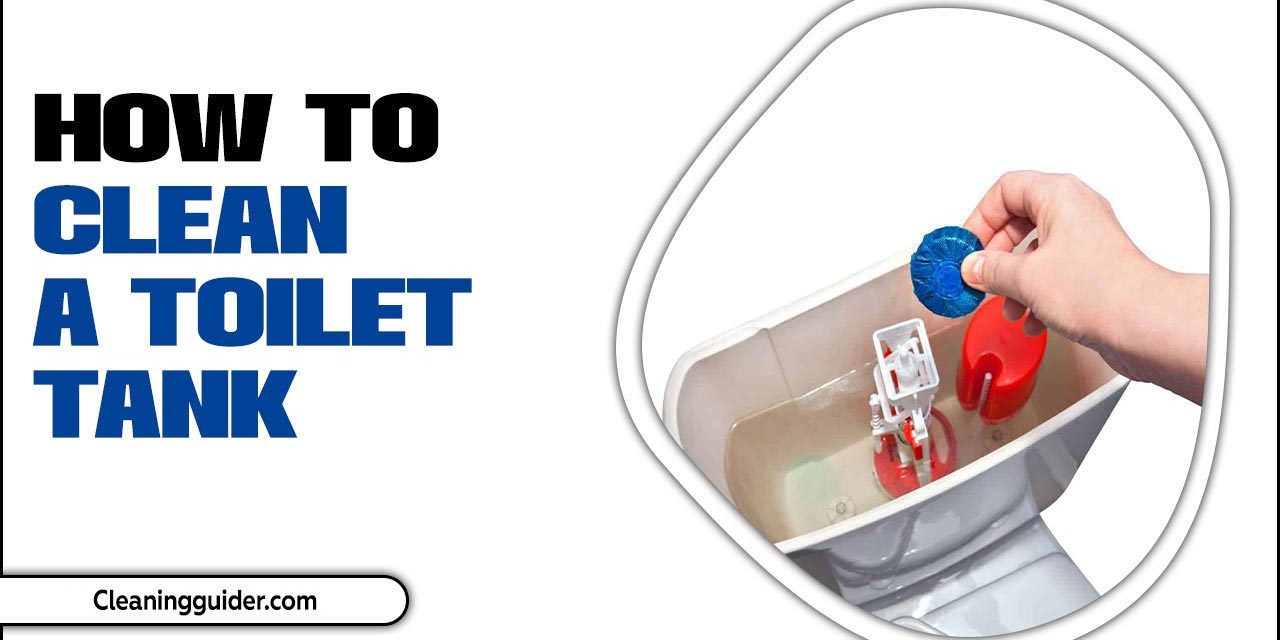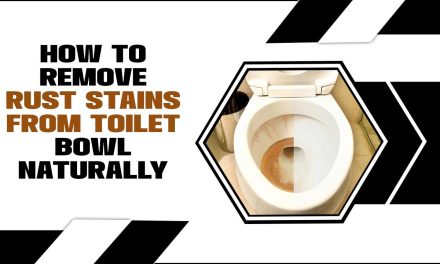Maintaining a clean and sanitary toilet is essential for the health and well-being of any household. While most people focus on cleaning the inside of the toilet bowl, many often neglect the importance of cleaning the toilet tank.
The tank is where water is stored and used to flush the toilet, and over time, it can accumulate dirt, bacteria, and hard water stains. Ignoring the tank can not only lead to an unhygienic bathroom but may also cause plumbing issues in the long run. Therefore, it is crucial to regularly clean and maintain the toilet tank to ensure a germ-free and fully functioning toilet.
Here, we will discuss the step-by-step process of how to clean a toilet tank efficiently and effectively. From gathering the necessary materials to tackling tough stains, we will cover everything you need to know to keep your toilet tank in pristine condition.

Safety Precautions And Tools Needed For Cleaning

there are important safety precautions and specific tools that should be employed. Prioritizing safety is crucial to protecting oneself and others from potential hazards and accidents. One of the most basic safety precautions is always to wear appropriate personal protective equipment (PPE) such as gloves, goggles, and masks to shield the body from harmful chemicals and particles. Safety Precautions and Tools Needed for Cleaning a Toilet Tank:
1. Safety Precautions:
- Wear disposable gloves to protect your hands from germs and chemicals.
- Use eye protection, such as safety goggles, to prevent any splashes or spills from getting into your eyes.
- Ensure proper ventilation by opening windows or using a fan if working in a small, enclosed space.
- Avoid mixing different cleaning products, as this can create toxic fumes. Follow the instructions on the cleaning products carefully.
- Keep children and pets away from the area while cleaning.
2. Tools Needed:
- Toilet brush: Choose a sturdy brush with stiff bristles to scrub the toilet tank effectively.
- Scrubbing pad or sponge: Use a non-abrasive scrubbing pad or sponge to clean the interior surfaces of the tank.
- Bucket: Fill a bucket with water to flush the toilet tank and rinse the cleaning tools.
- Cleaning solution: Use a toilet bowl cleaner or a mixture of white vinegar
How To Clean A Toilet Tank – 6 Easiest Ways
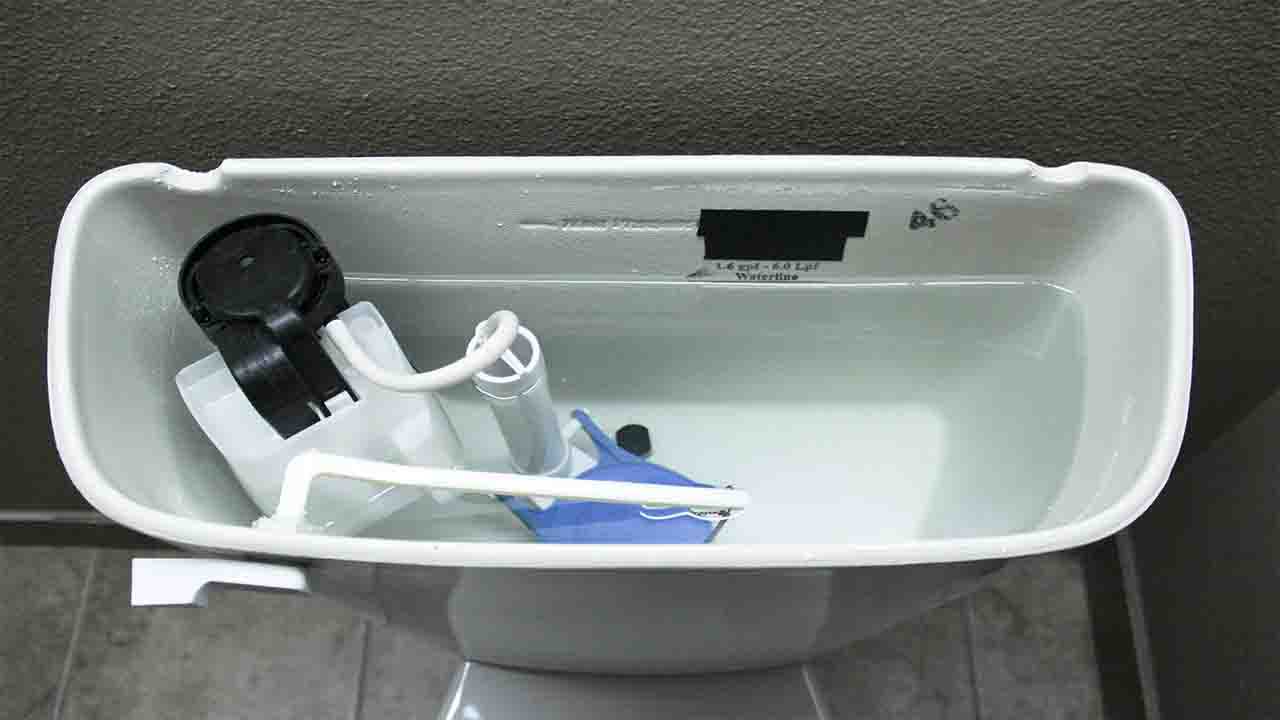
here is are discussion on how to clean a toilet tank. Maintaining cleanliness in a toilet tank is an imperative aspect of ensuring optimal hygiene standards within a household or public restroom setting. A toilet tank serves as a reservoir for water, which is essential for the flushing mechanism to remove waste from the toilet bowl effectively.
However, over time, various contaminants, such as mineral deposits, bacteria, and mold can accumulate within the tank, leading to unpleasant odors and potential health risks. To address this issue, it is crucial to understand the importance of regular cleaning and the proper techniques involved.
The first step in cleaning a toilet tank is to turn off the water supply. This is typically accomplished by locating the shut-off valve located near the base of the toilet. Once the water flow has been halted, the tank can be accessed for cleaning. It is recommended to wear protective gloves and use a mild cleaning solution specifically formulated for toilet tanks. Here are 6 of the easiest ways to clean a toilet tank:
1. Start By Turning Off The Water Supply
to the toilet tank. Locate the water shut-off valve, which is usually located near the floor behind the toilet. Turn the valve clockwise until it is fully closed to stop the flow of water into the tank. This step is crucial to avoid any accidental flooding or water spillage while cleaning the toilet tank.
Once the water supply is turned off, you can proceed to remove the lid of the toilet tank. Carefully lift the lid and set it aside in a safe place to avoid any damage. It is important to note that the lid can be heavy, so it is advisable to use both hands and avoid any sudden movements. Locate the water shut-off valve behind the toilet and turn it off to prevent water flow.
2. Flush The Toilet
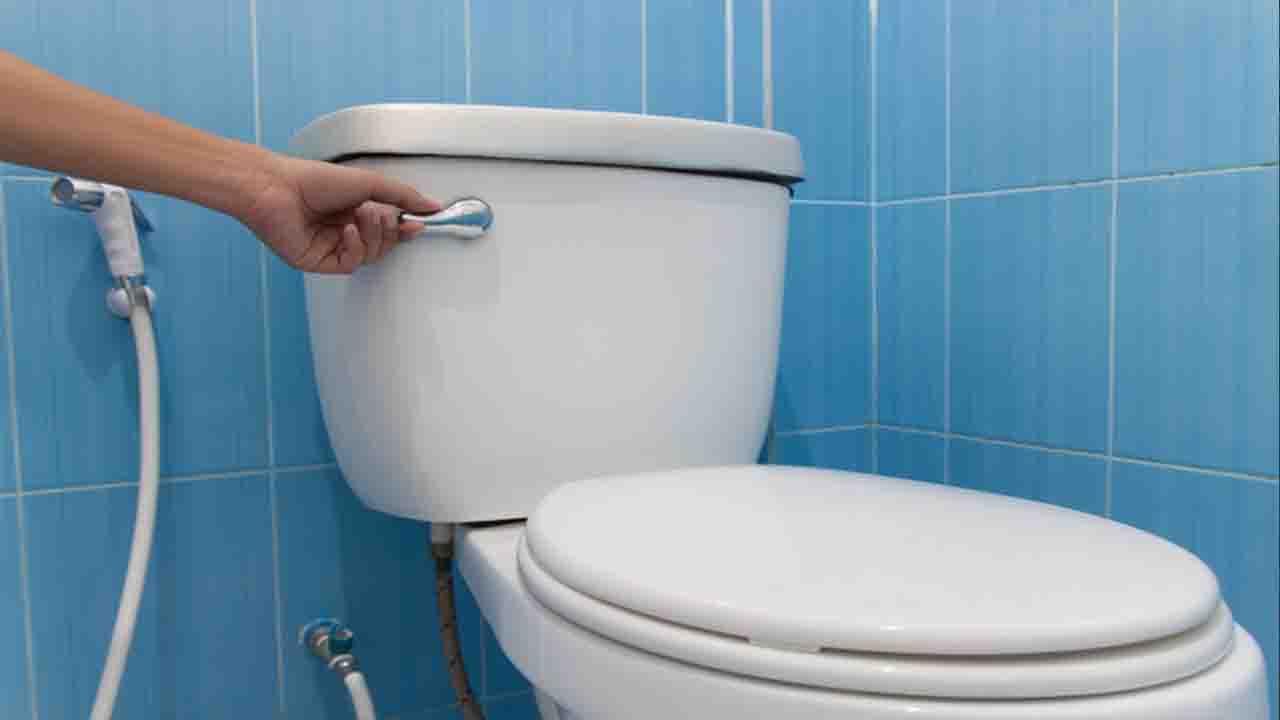
empty the tank of any remaining water. Once the tank is empty, you can proceed to the next step of cleaning. Begin by wearing gloves to protect your hands from any bacteria or cleaning agents. Next, mix a solution of equal parts water and white vinegar in a spray bottle.
The vinegar acts as a natural disinfectant and helps to break down any mineral deposits or stains. Thoroughly spray the inside of the tank, paying extra attention to the corners and crevices. Allow the solution to sit for a few minutes to loosen any grime effectively. Using a soft-bristle brush, scrub the walls and bottom of the tank, making sure to reach all areas. For hard-to-reach spots, you can use an old tooth.
3. Remove The Tank Lid
set it aside in a safe place. Next, turn off the water supply to the toilet by locating the shut-off valve, usually located near the base of the toilet. Once the water is turned off, flush the toilet to empty the tank and remove any remaining water.
Use a sponge or a towel to soak up any excess water that may remain in the tank. Now, it’s time to tackle the cleaning process. Start by pouring a mixture of equal parts vinegar and water into the tank.
The vinegar helps to break down any mineral deposits or stains that may have built up over time. Use a toilet brush to scrub the inside walls of the tank, paying special attention to the areas around the flush valve and around the edges. After scrubbing, Gently lift the tank lid and set it aside in a safe place.
4. Use A Toilet Brush To Scrub The Walls Of The Tank
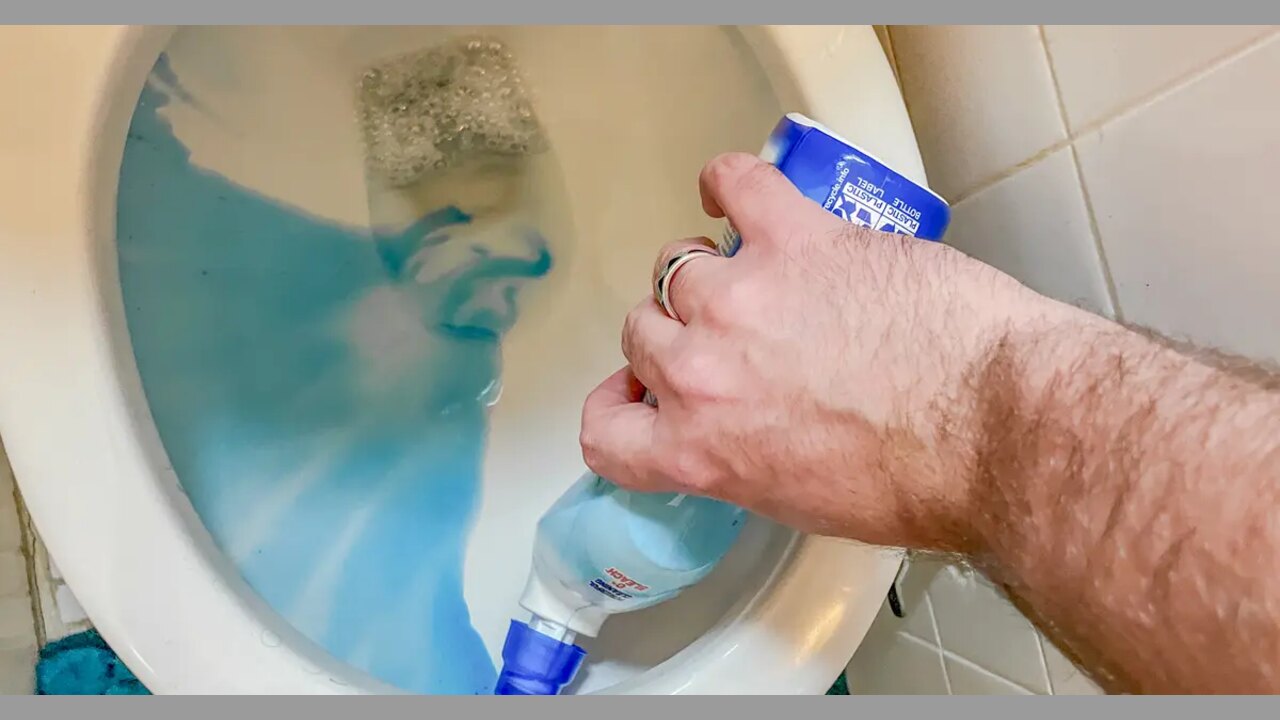
Dip the brush in a mixture of water and mild detergent or vinegar and scrub the inside walls of the tank. Pay special attention to areas with stains or mineral deposits. Use a clean cloth or sponge to wipe down the exterior of the toilet tank, removing any dust or grime that may have accumulated.
Be sure to clean the lid, handle, and any other surfaces as well. For stubborn stains on the exterior, a paste made of baking soda and water can be effective in removing them. Simply apply the paste to the stain, let it sit for a few minutes, and then scrub gently with a cloth or sponge.
Once the tank is thoroughly cleaned, flush the toilet a few times to rinse out any remaining residue. Finally, replace the lid and ensure everything is back in place before admiring your sparkling clean toilet tank. Remember to regularly clean your toilet tank to prevent the buildup of bacteria and maintain a
5. Remove Any Build-Up
If there is a mineral build-up or stubborn stains, use a scrub brush or a pumice stone to remove them gently. Be careful not to scratch the surfaces. For mineral build-up, you can use a mixture of vinegar and water. Simply pour equal parts of white vinegar and water into a spray bottle and spray it onto the affected areas. Allow it to sit for a few minutes to loosen the mineral deposits.
Then, use a scrub brush to scrub away the build-up gently. If there are stubborn stains that are difficult to remove, you can try using a pumice stone. Wet the pumice stone and gently rub it over the stain, being careful not to apply too much pressure that could damage the surface. The abrasive nature of the pumice stone will help to remove the stains without scratching the toilet tank.
6. Clean The Toilet Flapper
essential step in maintaining a clean and hygienic toilet tank. The toilet flapper, also known as the flush valve, is responsible for regulating the water flow from the tank into the bowl during a flush. Over time, mineral deposits, bacteria, and other debris can accumulate on the flapper, causing it to malfunction and potentially lead to leaks or inefficient flushing.
To clean the toilet flapper, start by turning off the water supply to the toilet. Then, carefully remove the tank lid and locate the flapper. Gently detach the flapper from its hinges or clips and inspect it for any signs of damage or wear. Next, using a soft cloth or sponge, wipe away any visible dirt or grime.
Tips And Tricks For Maintaining A Clean Toilet Tank
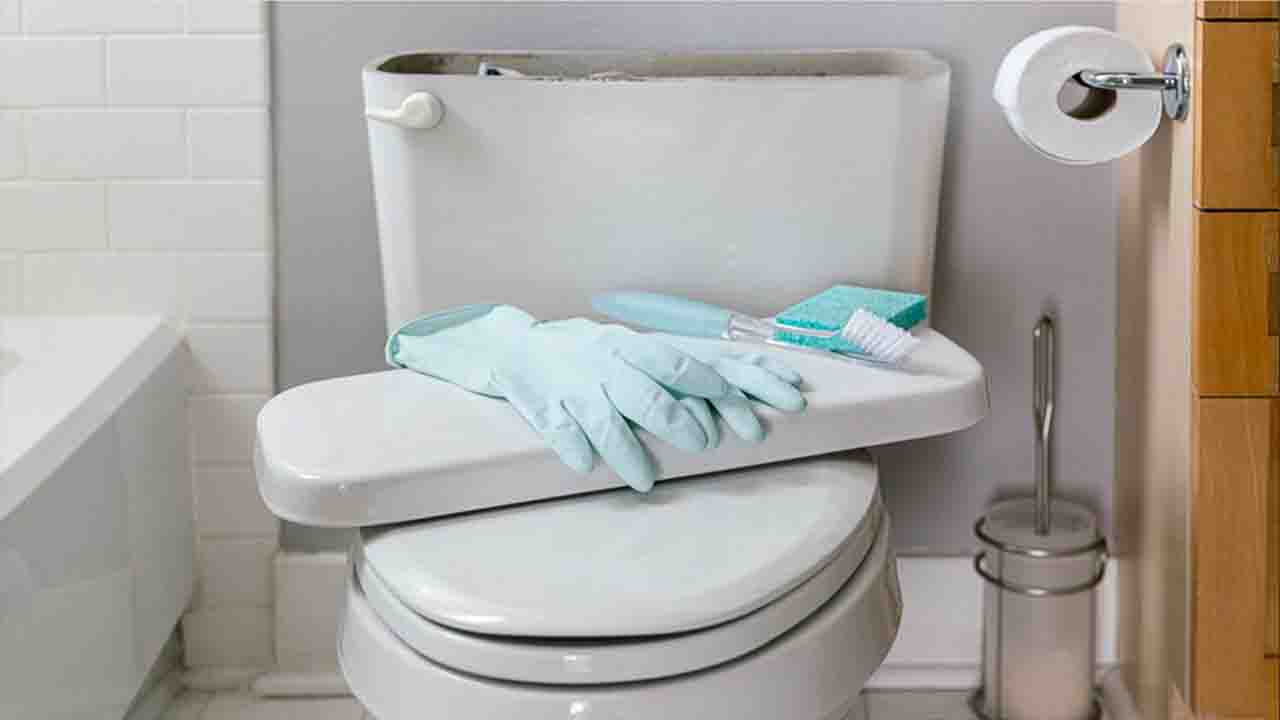
Maintaining a clean toilet tank is essential to ensure optimal hygiene and functionality in a restroom. A clean toilet tank not only prevents the build-up of bacteria and unpleasant odors but also extends the lifespan of the toilet system.
To effectively maintain a clean toilet tank, regular cleaning and maintenance practices should be implemented. Tips and tricks for maintaining a clean toilet tank:
- Regular Cleaning: It’s important to clean your toilet tank regularly to prevent the buildup of dirt, grime, and bacteria. Use a toilet tank cleaner or a mixture of vinegar and water to scrub the inside of the tank.
- Avoid Using Harsh Chemicals: Harsh chemicals can damage the components inside the tank and affect the toilet’s flushing mechanism. Opt for natural cleaning solutions like vinegar, baking soda, or lemon juice.
- Check For Leaks: Periodically check for leaks in the toilet tank. A small leak can lead to water wastage and also contribute to the growth of mold and mildew. If you notice any leaks, repair them promptly.
- Keep The Tank Lid Clean: Clean the exterior of the tank lid regularly to prevent the accumulation of dust and dirt. Wipe it down with a damp cloth and a mild cleaning solution.
Troubleshooting Common Issues With Toilet Tanks
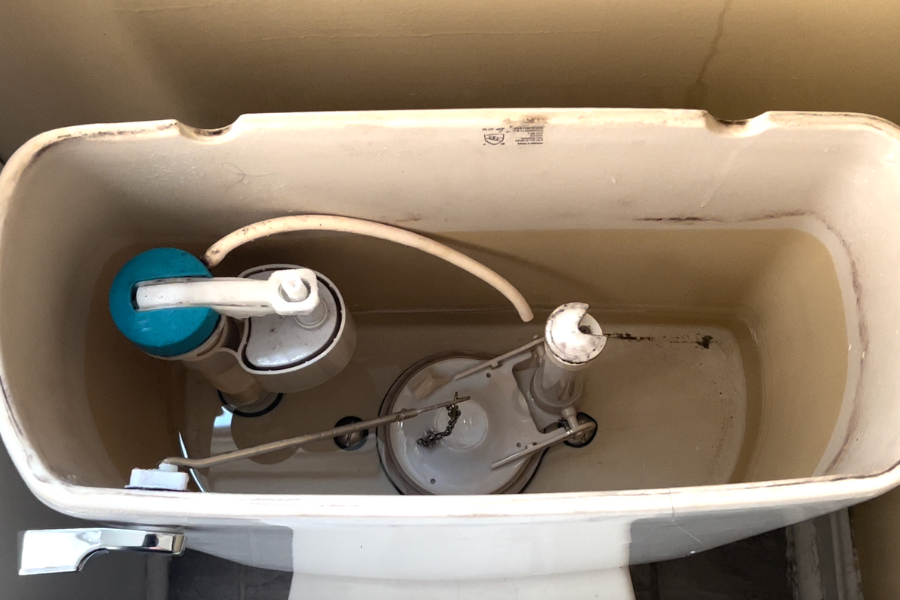
troubleshooting common issues with toilet tanks, it is essential to approach the task with a methodical and professional mindset. One of the most frequent problems encountered is a continuously running toilet, which can not only waste water but also lead to an increase in utility bills.
In such cases, the first step is to check the flapper valve. Often, a worn or improperly aligned flapper can cause water to flow into the tank continuously. Troubleshooting common issues with toilet tanks includes various steps that can help resolve common problems. Here are some common issues and their solutions:
- Weak Flush: If your toilet tank has a weak flush, check the water level in the tank. Adjust the water level to the recommended height by turning the adjustment screw or float. Additionally, check for any clogs in the toilet bowl or tank inlet holes.
- Constantly Running Toilet: A constantly running toilet is often caused by a faulty flapper or fill valve. Inspect the flapper for any signs of damage or debris and replace if necessary. If the fill valve is the issue, adjust the water level or replace the valve.
- Overflowing Toilet: An overflowing toilet can be caused by a clog in the toilet drain or a malfunctioning fill valve. Use a plunger or plumbing snake to remove any clogs in the drain. If the fill valve is causing the issue, adjust the water level or replace the valve.
Conclusion
keeping a clean toilet tank is essential for maintaining the overall cleanliness and hygiene of your bathroom. Not only does a clean toilet tank help to prevent unpleasant odors and buildup, but it also ensures that the water flowing into the toilet bowl is free from any contaminants.
To clean a toilet tank effectively, start by turning off the water supply to the toilet. This can usually be done by locating the shut-off valve near the base of the toilet and turning it clockwise until it is fully closed.
Once the water is off, flush the toilet to drain the tank completely. By following the steps outlined in this guide, you can easily and effectively clean your toilet tank without the need for harsh chemicals or expensive cleaning products.
Remember to regularly clean your toilet tank to prevent the buildup of bacteria and keep your bathroom smelling fresh and looking spotless. With these tips, you can confidently tackle this often-overlooked task and keep your toilet in top shape. We hope now you understand how to clean a toilet tank.
FAQ
1.What Are The Necessary Steps To Clean A Toilet Tank Effectively?
Ans: To clean a toilet tank effectively, start by turning off the water supply and flushing the toilet to remove most of the water. Next, use a toilet brush or sponge to scrub the inside walls of the tank, paying special attention to any stains or buildup.
You can also use a mixture of vinegar and water or a commercial toilet cleaner to help remove stubborn stains. After scrubbing, use a clean cloth or sponge to wipe down the surfaces and remove any remaining residue.
2.What Cleaning Products Are Recommended For Cleaning A Toilet Tank?
Ans: The recommended cleaning products for cleaning a toilet tank include bleach, vinegar, and toilet bowl cleaner. Bleach is effective in killing bacteria and removing stains, while vinegar can help dissolve mineral deposits. Toilet bowl cleaner is specifically formulated to remove grime and dirt.
It’s important to follow the instructions on the products and use them safely, wearing gloves and ensuring proper ventilation. Regular maintenance and cleaning of the toilet tank will help keep it clean and functioning properly.
3.How Often Should A Toilet Tank Be Cleaned To Maintain Its Hygiene?
Ans: To maintain hygiene, a toilet tank should be cleaned at least once every three to six months. This frequency may vary depending on factors such as the number of people using the toilet and the water quality in the area. Regular cleaning helps prevent the buildup of mineral deposits, mold, and bacteria, ensuring a clean and odor-free toilet.
4. Are There Any Specific Tools Or Equipment Required For Cleaning A Toilet Tank?
Ans: Yes, there are specific tools and equipment required for cleaning a toilet tank. Some common tools include a toilet brush, scrub brush, or sponge for cleaning the interior surfaces of the tank, a pair of gloves to protect your hands, and a bucket or container to collect and dispose of the dirty water.
5. What Are Some Common Mistakes To Avoid When Cleaning A Toilet Tank?
Ans: Some common mistakes to avoid when cleaning a toilet tank include using abrasive cleaners or scrub brushes that can damage the surface, not turning off the water supply before cleaning, forgetting to flush out any cleaning solution thoroughly, and neglecting to clean the tank regularly, leading to the build-up of mineral deposits or bacteria. It is important to read and follow the manufacturer’s instructions for cleaning products and equipment, as well as to wear protective gloves and eye goggles when handling chemicals.

